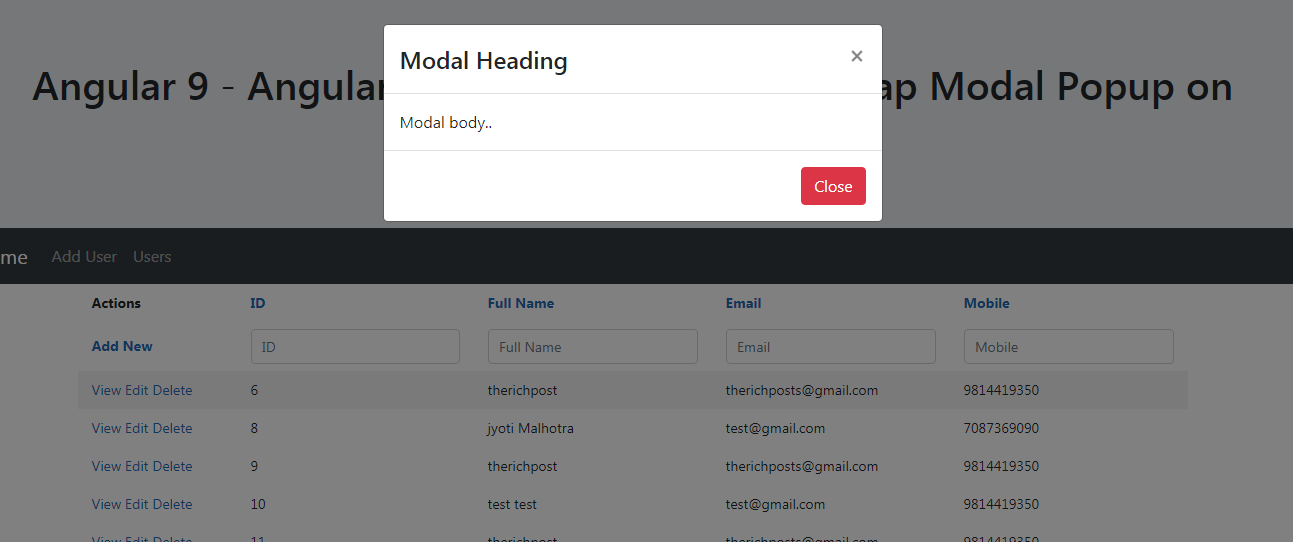

Related Article: Dashboard Component for Angular Step 2. The Web Dashboard displays the dashboard stored on the preconfigured server ( ). Use the command below to launch the application. Add the following global styles: url("./node_modules/devexpress-dashboard/dist/css/") Go to the project’s src folder and open the styles.css file. Open the file and replace its content with the following element to render the dashboard component: In the src/app/ file, import the DxDashboardControlModule module. You can find all the libraries in the node_modules folder after the installation is completed. Navigate to the created folder after the project is created: cd dashboard-angular-app In the command prompt, create an Angular application: ng new dashboard-angular-app -strict=false Versions of the DevExpress npm packages should be identical.The script version on the client should match the library version on the server.The tutorial creates and configures a client Angular application that contains the Web Dashboard and a server ASP.NET Core application that targets. Server The server is an ASP.NET Core or ASP.NET MVC application that handles client data requests and provides access to data sources, dashboard storage and other backend capabilities. The client communicates with the server using HTTP requests. The DashboardControl is the underlying control. The Web Dashboard consists of client and server parts: Client The client is a JavaScript application that supplies users with a UI to design and interact with a dashboard. If you are not familiar with the basic concepts and patterns of Angular, please review the fundamentals before you continue: angular.io.


 0 kommentar(er)
0 kommentar(er)
